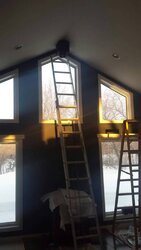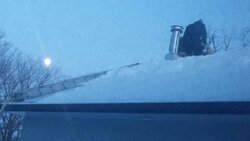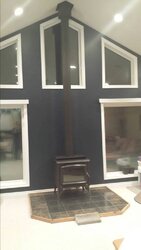Please quote me or provide a post number. Ive never stated "that nothing larger than an 8" chimney is allowed." In fact, I've stated it's the minimum and standard practicen is nothing smaller than the flue collar, and while larger is OK it can cause it's own issues if it's too large.It is important to correct your mistakes because they are misleading potential owners. You erroneously state that nothing larger than an 8" chimney is allowed. That's flat out wrong.
Comprehension is lacking in your behalf I believe. If you can cite where I've stated this then I'll own up to the mistake but I don't believe I've ever started that.








